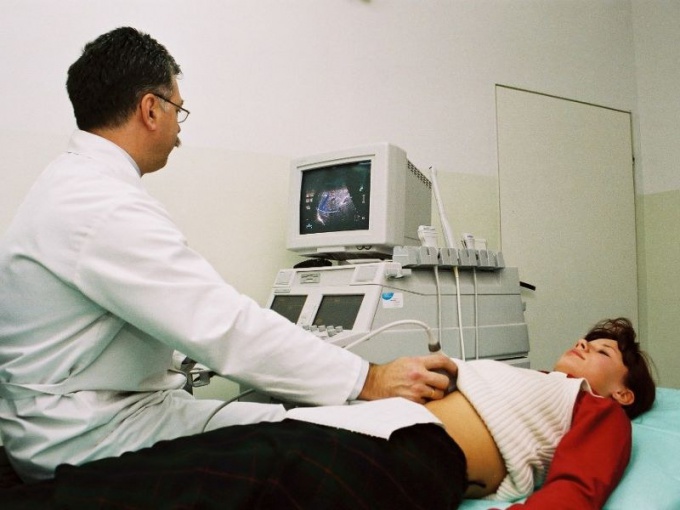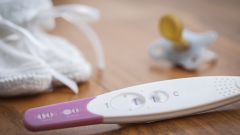Instruction
1
To understand whether the pregnant woman, she gives blood for human chorionic gonadotropin (HCG). Produces the hormone the shell of the embryo. From the moment he was introduced in the lining of the uterus (approximately the 3rd week of pregnancy), the HCG level doubles every 2-3 days. Blood hormone more than in the urine. Therefore, laboratory analysis of blood is an early and reliable method of determining pregnancy, when compared to the domestic Express tests. Already on day 10 after fertilization, the analysis will be positive (that is, in 3-4 weeks of pregnancy). For accurate results, it is recommended to donate blood for HCG a few times with a break of a few days in the same laboratory, because in another place in the rules can vary. The level of hormone in the blood the doctor can determine the duration of pregnancy. In the case of an ectopic or missed abortion (when the fetus stops developing) HCG grows much slower or not happening at all, so the cases better and earlier establish other ways of research.
2
The use of the ultrasound study to determine whether pregnancy is perhaps the most popular way home after rapid tests. When the embryo reaches a size of 1 cm, the doctor will be able to see it on the monitor. Typically, the baby grows so by about week 6. But there may be individual characteristics (long cycle in women with late ovulation or attaching to the uterus), then the pregnancy is confirmed 8-9 week. At the same time with the help of ultrasound one can establish the fetal heartbeat. It is very important for the diagnosis of missed abortion. On the monitor of the ultrasound, the gynecologist can also make an ectopic pregnancy or the presence of twins (triplets). In addition, the doctor may adjust the period of pregnancy up to the day, as in the 1st trimester individual variations in the size of the fetus is almost there.
3
If a woman knows about pregnancy and is drawn in female consultation, the doctor will examine her in the wheelchair. During this manipulation, he will see discoloration of vagina and cervix, and increase the size of the uterus and softening of its walls where the embryo is attached. It is potentially possible to palpate a pregnancy at 4 weeks, but this early on it can make only a very talented and experienced obstetricians-gynecologists. This occurs most often around 8 week. Therefore, the inspection on the gynecological chair is not the most early and authentic way of establishing pregnancy.
Useful advice
Before you go to the doctors, you should calculate how much days the expected delayed menstruation, and hold home of the rapid pregnancy test.

